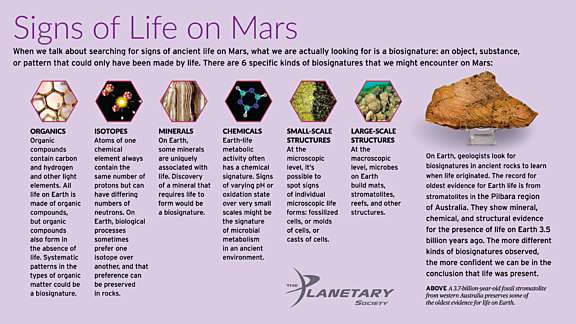

So many surprises, even from familiar sources: a 1965 transfer drawing by Robert Rauschenberg whose combination of found images and scribbling has an exceptional, sparkling clarity. So many great drawings and because repeats were allowed, happily, those mentioned here are all in the final iteration, Jarrett Earnests Take Three. There is Jean-Auguste-Dominique Ingres meticulous filigree plotting of one of his most famous paintings, Roger Freeing Angelica, a drawing that took my breath away. Shear himself organized Take One, the first installation, last fall, which seemed to be all fireworks. It seems voracious in its variety, with quality as the connecting link as it ranges across numerous generations, styles and more than three centuries. In her essay in the first volume of the shows catalog, she discusses Bergers conviction that an artworks meaning is in constant flux, always changing in relation to what is seen around it, not to mention the viewers own emotional weather.Īll works are from the still-expanding collection around 1,000 works and counting that Shear, the photographer, curator and collector, began accumulating five years ago, after the death of his husband, prominent American abstractionist Ellsworth Kelly.
.jpg)
It was chosen by Claire Gilman, The Drawing Centers chief curator, who oversaw this complex undertaking.
#Racial turmoil mars signs u.s. mint tv#
Its title comes from John Bergers famous book (and BBC TV series), Ways of Seeing published a half-century ago. The shows added up to a kind of drawing tutorial fueled by the pleasure of the works themselves. With Ways of Seeing, The Drawing Center has mounted a 15-week drawing fest that seems extravagant even for an institution wholly devoted to the medium. The lone exception to these historical shows will be Cade Tompkins Projects, an art dealer in Providence, Rhode Island, and New York City that will display Presently Drawn, a show of works on paper by eight contemporary artists in the lobby of the Pierre Hotel on Fifth Avenue (entrance at 2 E. for ∽ürer and His Time. This show will include the recently attributed Dürer drawing of an unusually relaxed Madonna and Child that has excited old masters circles. Meanwhile, the venerable Agnews, from London, will take over the Colnaghi space at 38 E. 81st St.): a selection of 19 works by the French realist much admired by Vincent van Gogh. Shows to look out for include The Drawings of Jean-François Millet at Jill Newhouse Gallery (4 E. A group of 20 galleries, some hosting private or out-of-town dealers, will mount shows of primarily European drawings of the 17th, 18th and 19th centuries. 29) that occurs at various addresses mostly on the Upper East Side from the 60s to 82nd Street. The results reflected different aesthetic and curatorial visions.Īlso, Friday brings the opening of the 16th iteration of Master Drawings New York, a kind of dispersed art fair of a weeks duration (until Jan.

Each has been selected from a large, remarkably diverse cache of drawings by a different person: artist Arlene Shechet, writer and curator Jarrett Earnest, and the collector himself, Jack Shear. The Drawing Center in SoHo is in the third and final segment of its Ways of Seeing: Three Takes on the Jack Shear Drawing Collection, a trio of unusual and probing consecutive shows. This is a rich moment for drawing in New York. As they say on Twitter, Ill just leave this here. In my darker moments (OK, most of the time), I think that collectors who dont buy drawings are actually not worthy of the name. They present visual power, relatively unbuffered by materials or size. And if you are merely interested, drawings are the great teachers they educate the eye and make us more conscious of seeing. On the practical side, drawings are relatively inexpensive to make, transport, exhibit and buy, which benefits artists, as well as curators, art dealers, starting-out collectors. Just as drawings bring us close to an artists thoughts, feelings and touch with an intimacy that sometimes seems metabolic, they provoke spontaneous responses that can show us new sides of ourselves. And, contrasting with this macrocosmic scale, there is the microcosmic: the stripped-down vulnerability of individual drawings, which are often not much larger than the faces that lean in to absorb them. But the mark-making basic to drawing is the starting point of so much else: the development of written language, numbers, musical scores. It facilitates many other art forms, among them painting, sculpture and architecture. Its history is long and encompassing, truly global, virtually unbounded. Drawing is really the best of all art mediums.


 0 kommentar(er)
0 kommentar(er)
